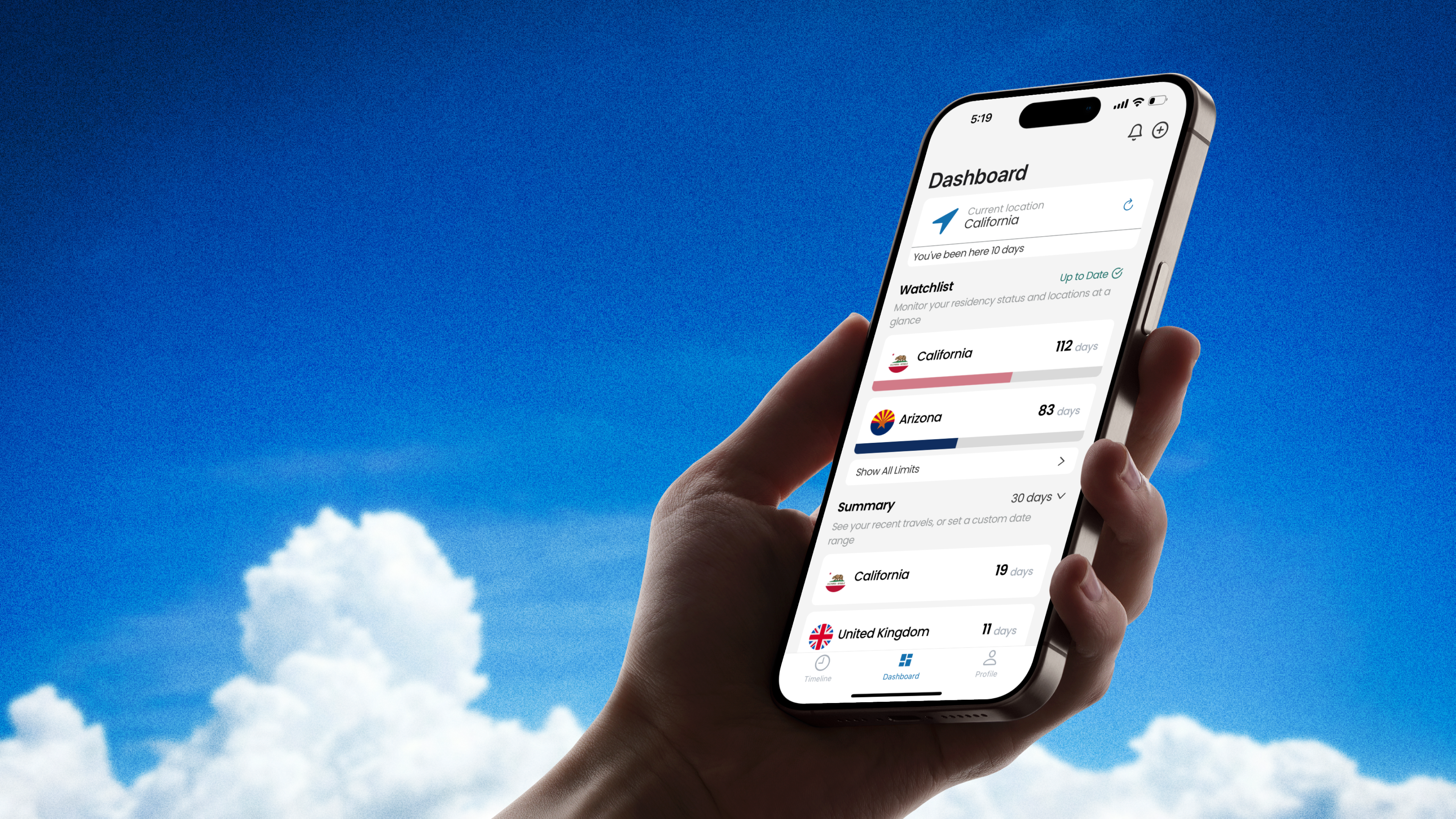
Simplifying Visa and Tax Compliance Through Intuitive Mobile Design
Sarmiza is an app that simplifies tax residency and immigration compliance. You can set day limits, instantly create a timeline, and track your progress. Designed for privacy, it operates offline, processes data on-device, and requires no signup.
As the founding designer at Nomikos, I led the end-to-end design for this product. This included user research, product strategy, UI/UX design, prototyping, and user testing. I collaborated with engineers to swiftly validate a minimum viable product. This established a solid foundation for continuous iteration and experimentation.
The Problem, Opportunity, & Challenge
Navigating tax residency and immigration across jurisdictions is a stressful and tedious task. Double taxation, visa overstays, and filing errors are high-stakes risks that demand precision. Yet, current solutions—whether apps, spreadsheets, or analog calendars—often fall short.
The Nomikos team identified the opportunity to build a user-friendly solution, asking:
How might we streamline tax residency and immigration compliance for people working across multiple states and countries?
After thorough user research and careful deliberation, we identified accurate location and day tracking across jurisdictions as the core challenge.
Showcase
I set out to simplify location and day tracking with an intuitive mobile experience. Focusing on user pain points clarified the most critical features. This focus facilitated a consistent design system of patterns and components, ensuring product coherence. The result was a final product that met both business goals and user expectations.
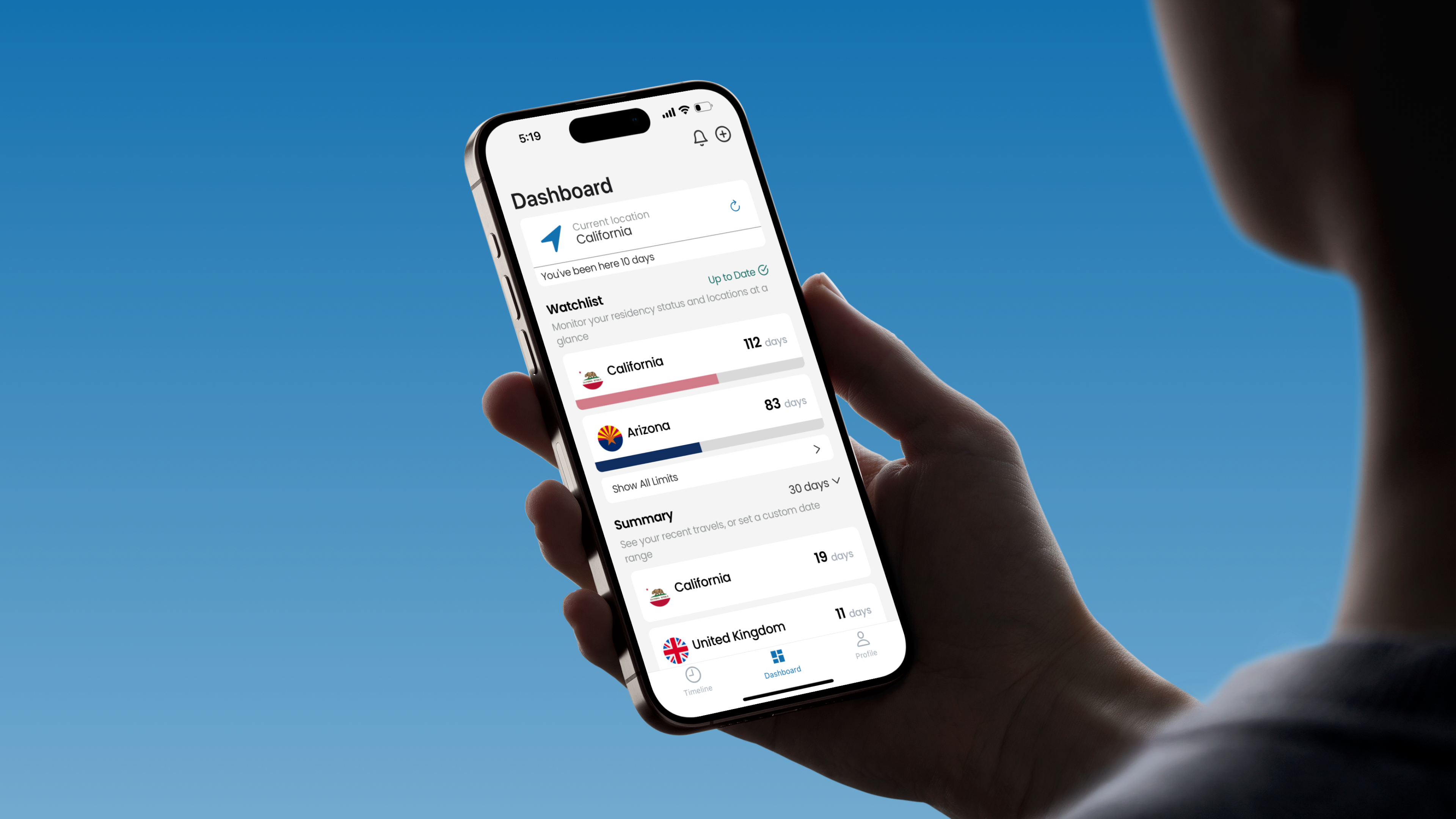
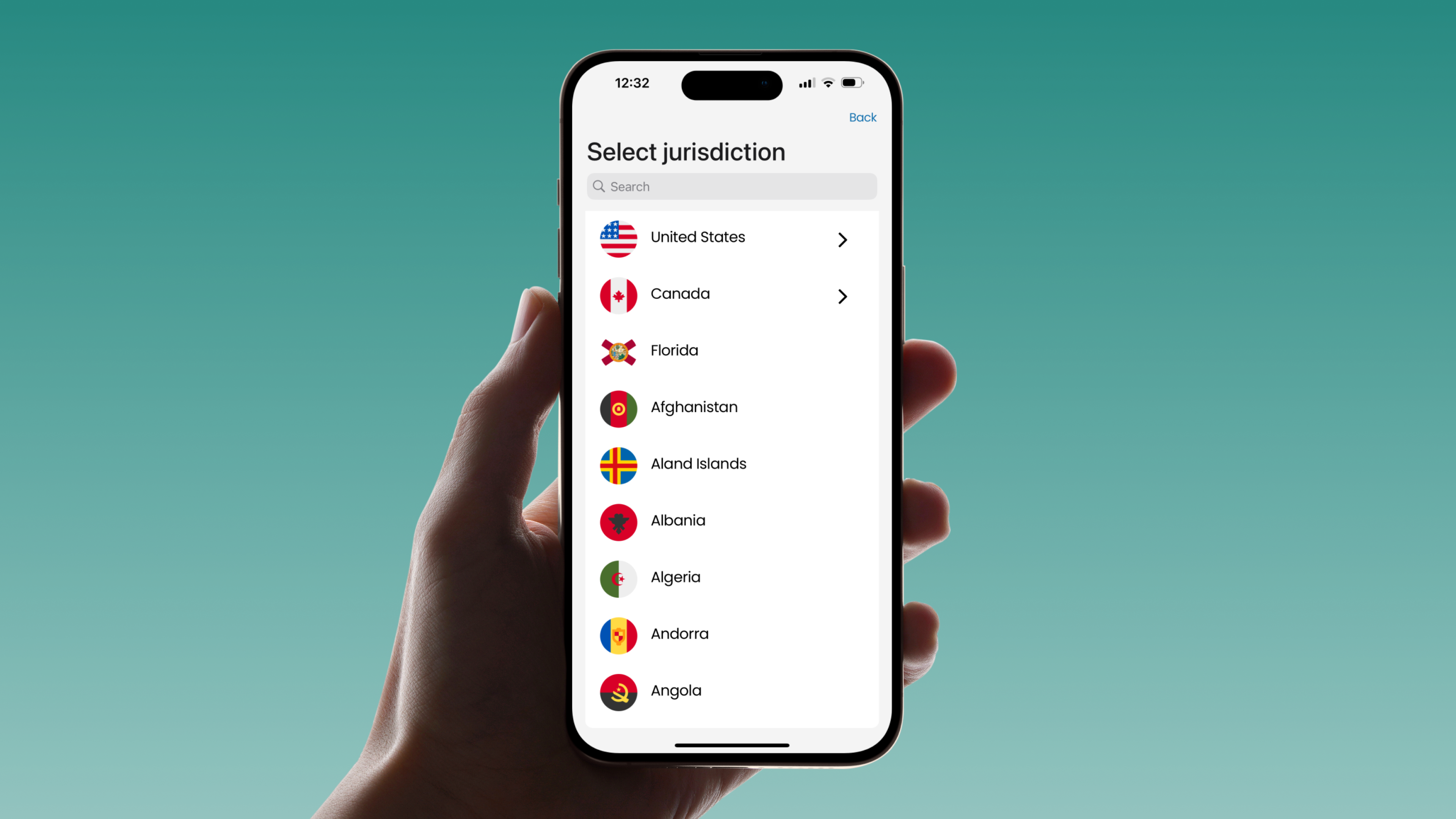
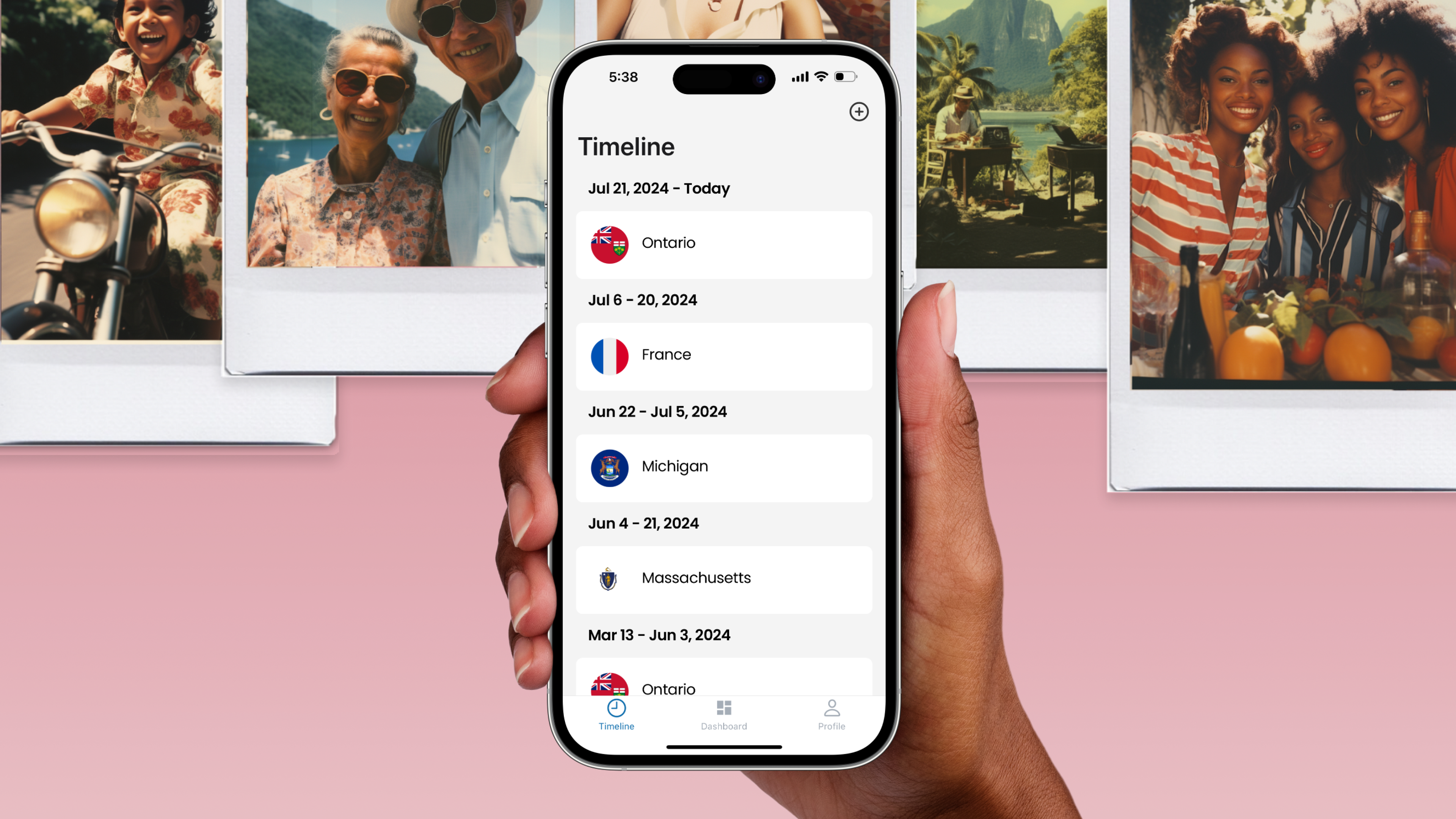
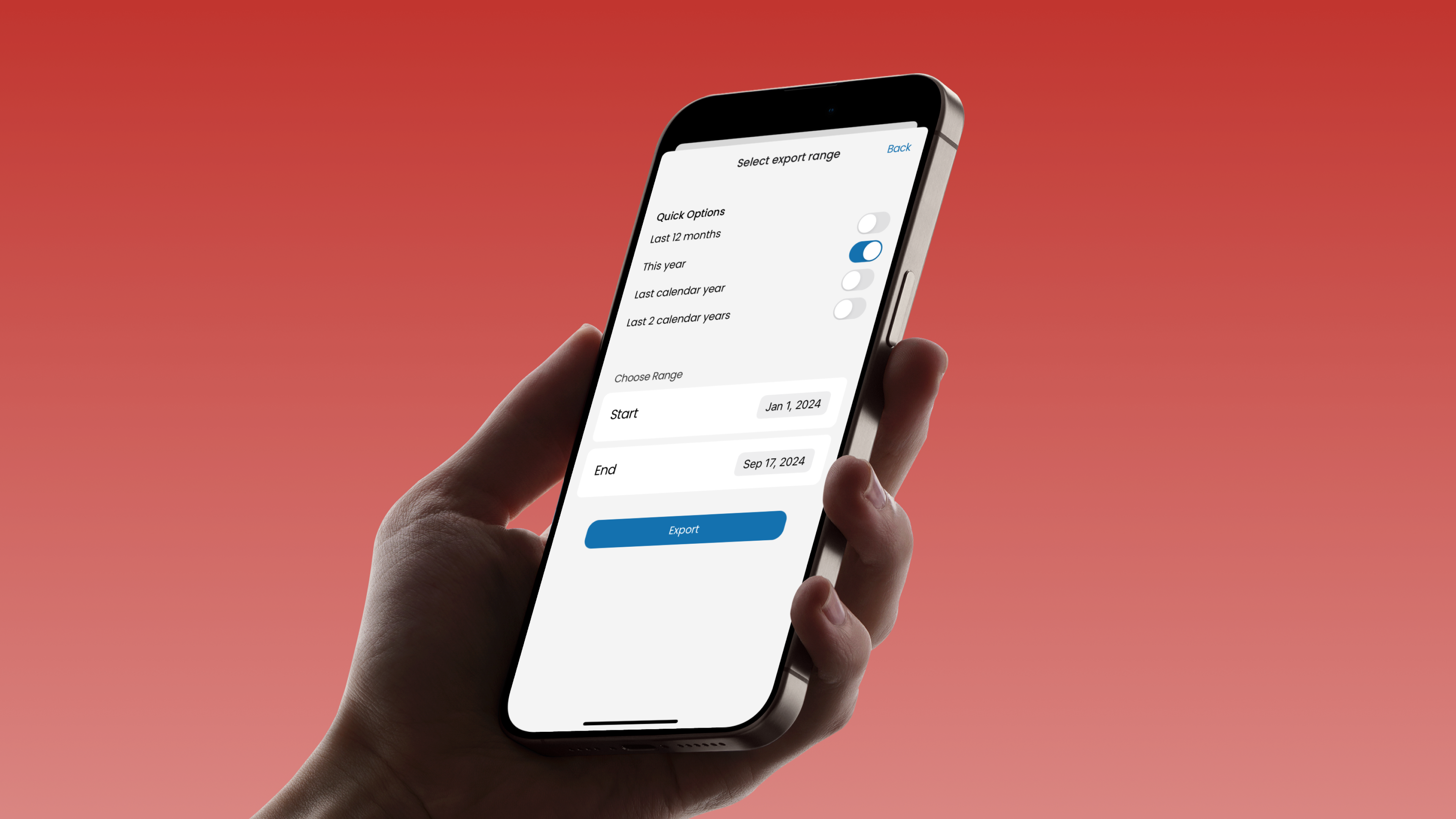
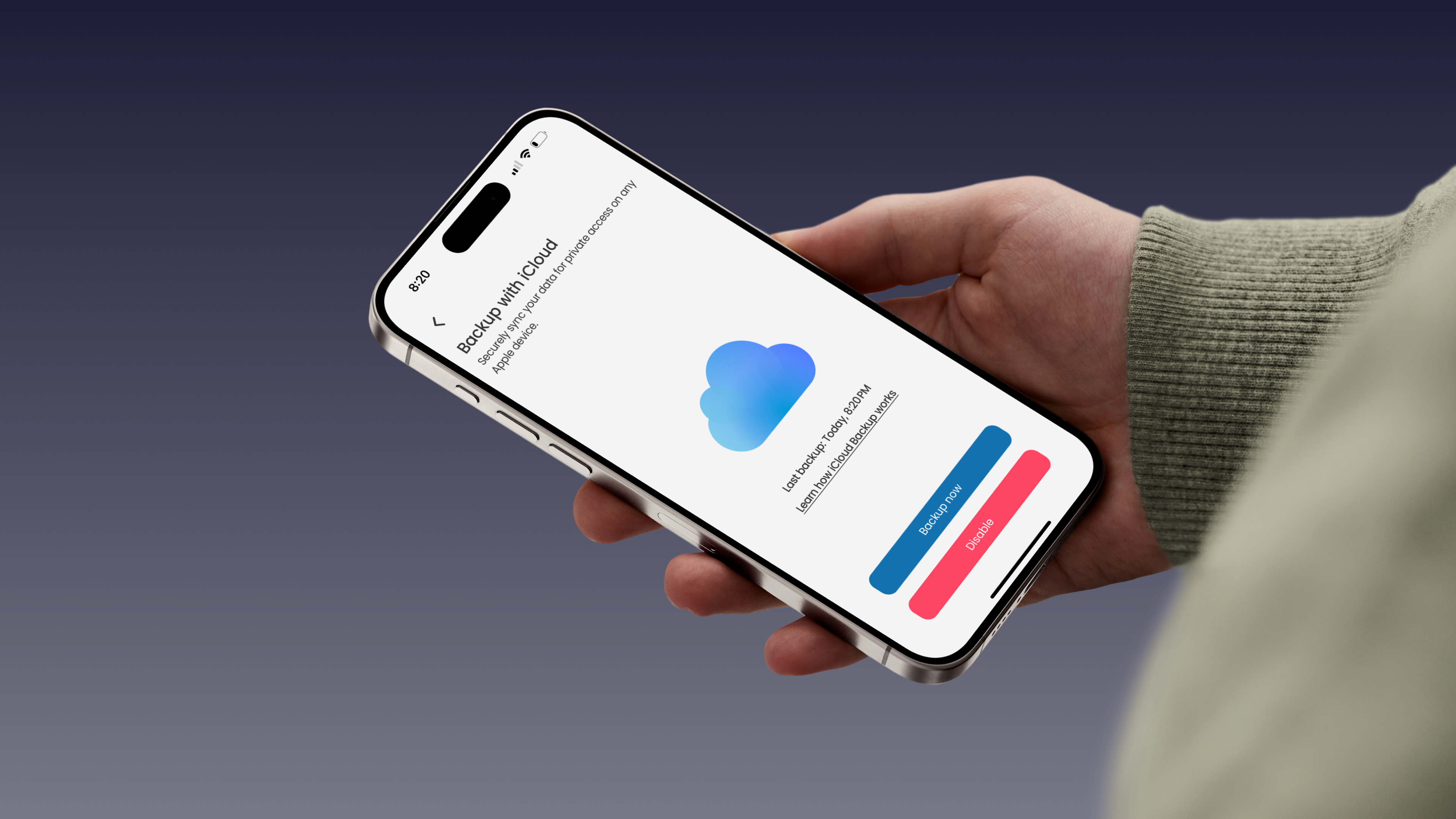
Process
As the sole designer, I led Sarmiza from concept to MVP and beyond. Close collaboration with engineers was key in turning designs into a cohesive product. Together, we ensured each phase—from discovery to delivery—met our goals. This section summarizes my design process, covering research, user personas, and flows.
Research & Synthesis
Initial explorations into tax residency and visa compliance highlighted the need to narrow our focus. With limited resources and multiple customer profiles, we chose to target business travelers for our MVP. Their frequent travel, openness to productivity tools, and higher income made them an ideal fit.
User interviews revealed their primary pain point: accurately tracking travel days across borders. Competitive analysis confirmed that existing tools lacked precision and ease of use. For more details on the user interviews and competitive analysis, see the product management case study.
User Persona
Detailed personas guide the design process by emphasizing specific user tasks. Key features like the watchlist for tracking critical jurisdictions and the ability to export reports emerged from this process.
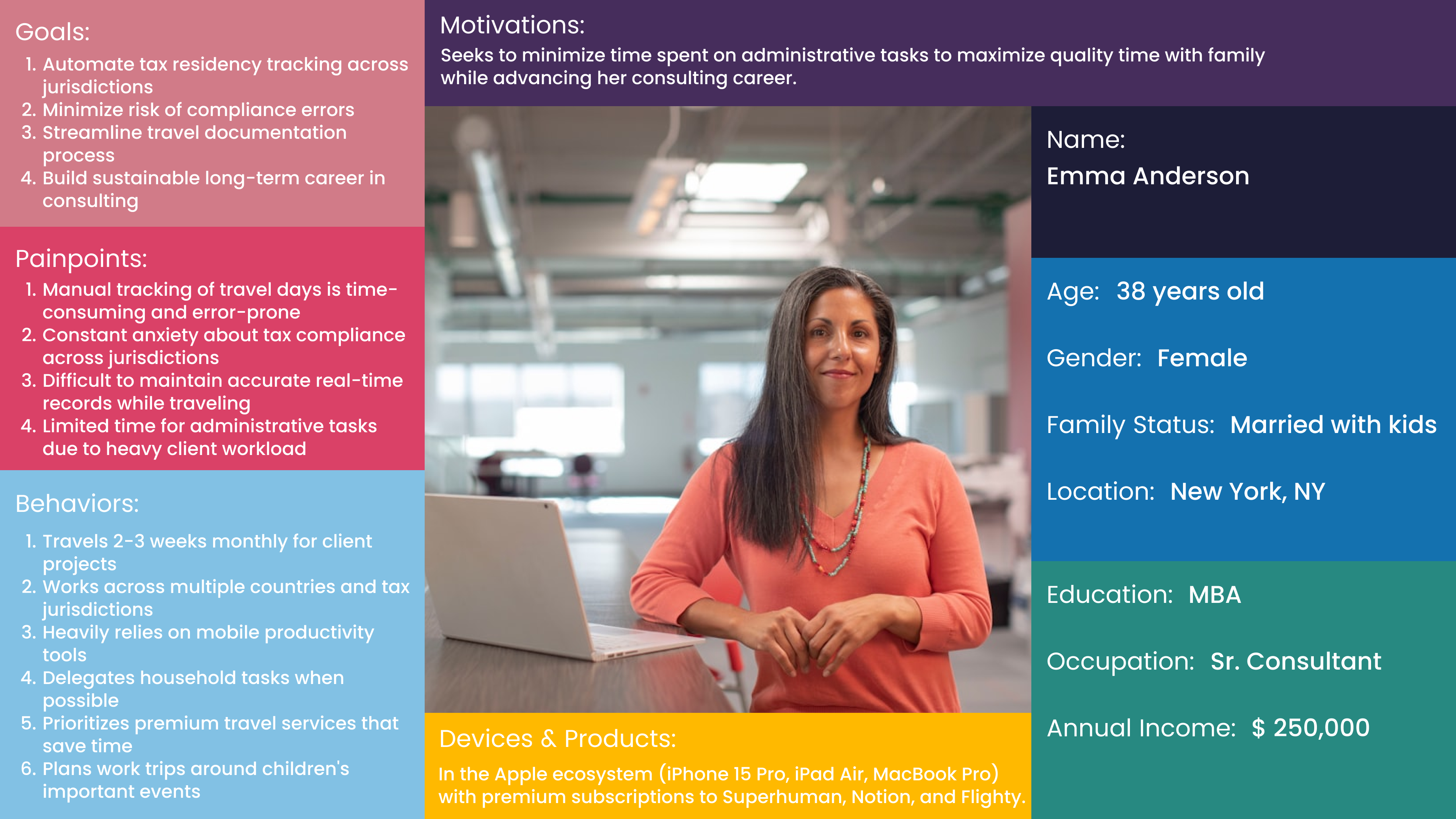
Flows
Translating research into design, I created user flows that match our personas’ needs. The onboarding flow streamlines permission requests and highlights key features, while the step-by-step set limit flow ensures accurate input of high-stakes compliance data.
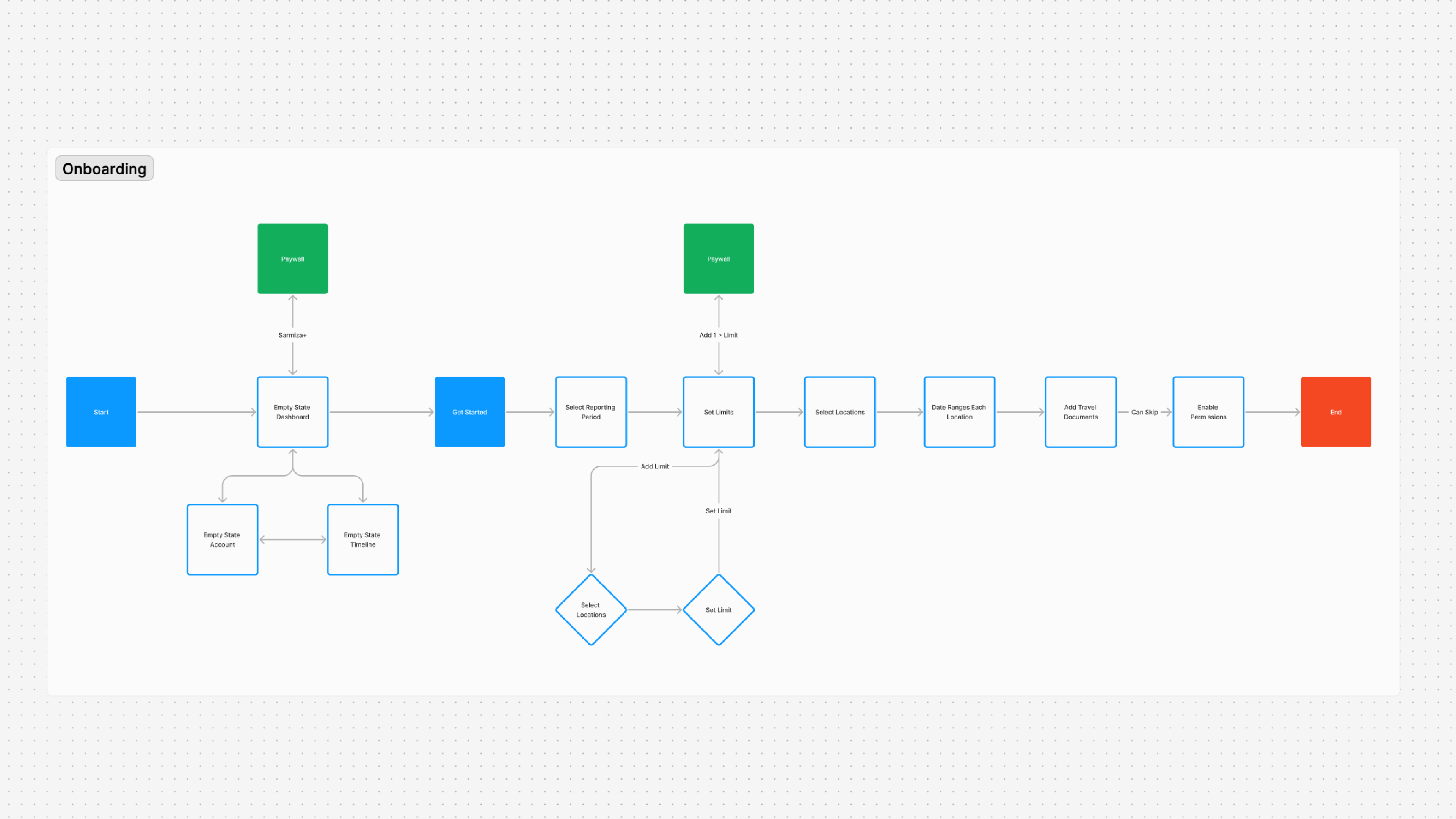
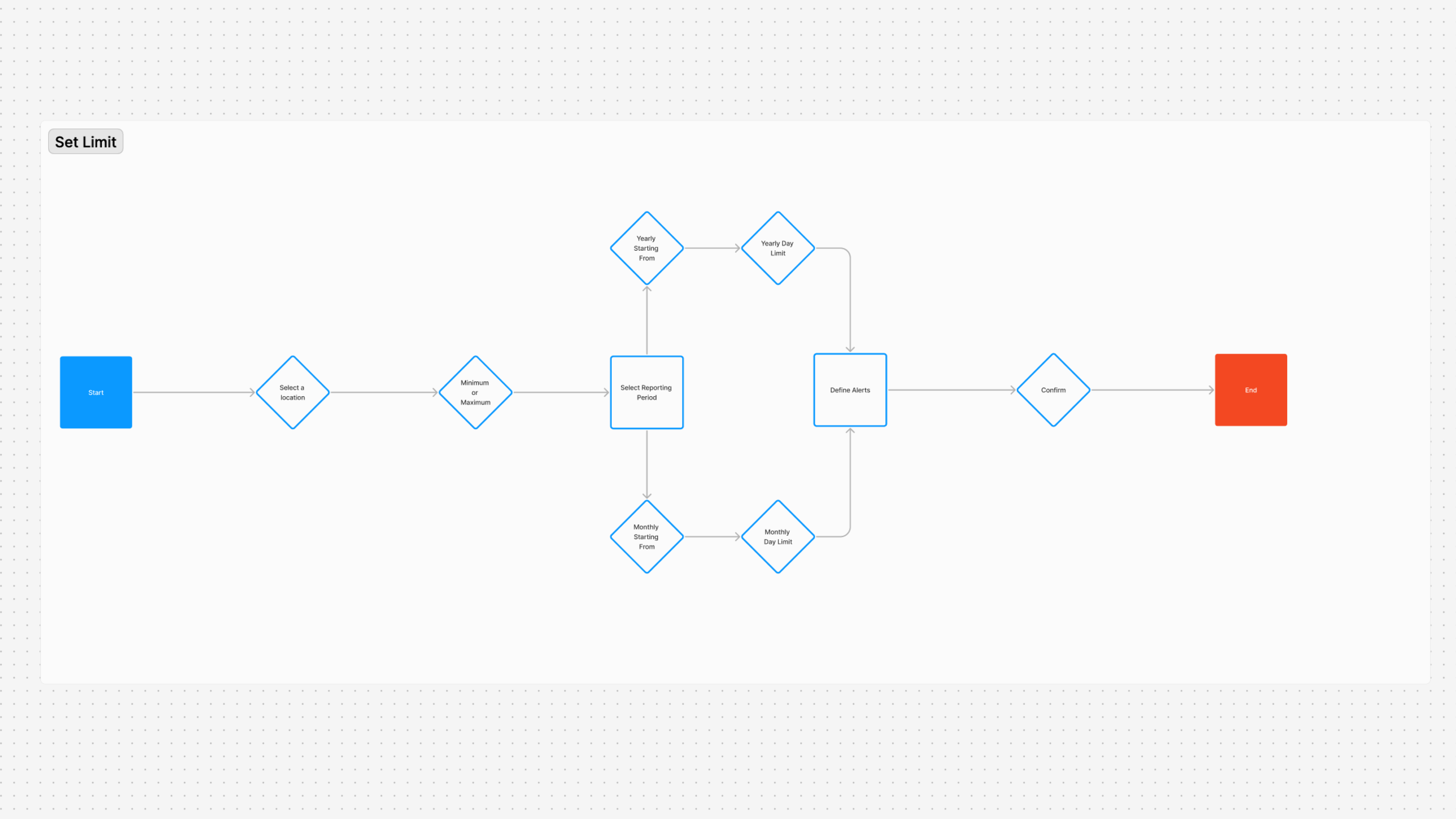
Iterations & Handoff
With user flows ready, I moved into Figma to define key UI components, iterating toward high-fidelity wireframes for engineering. Using Figma Dev Mode, Jira, and Scrum, we collaborated to ensure a smooth, goal-oriented development process. This iterative approach refined the user experience to be seamless and engaging. I’ve highlighted a few final components and explained the design decisions.
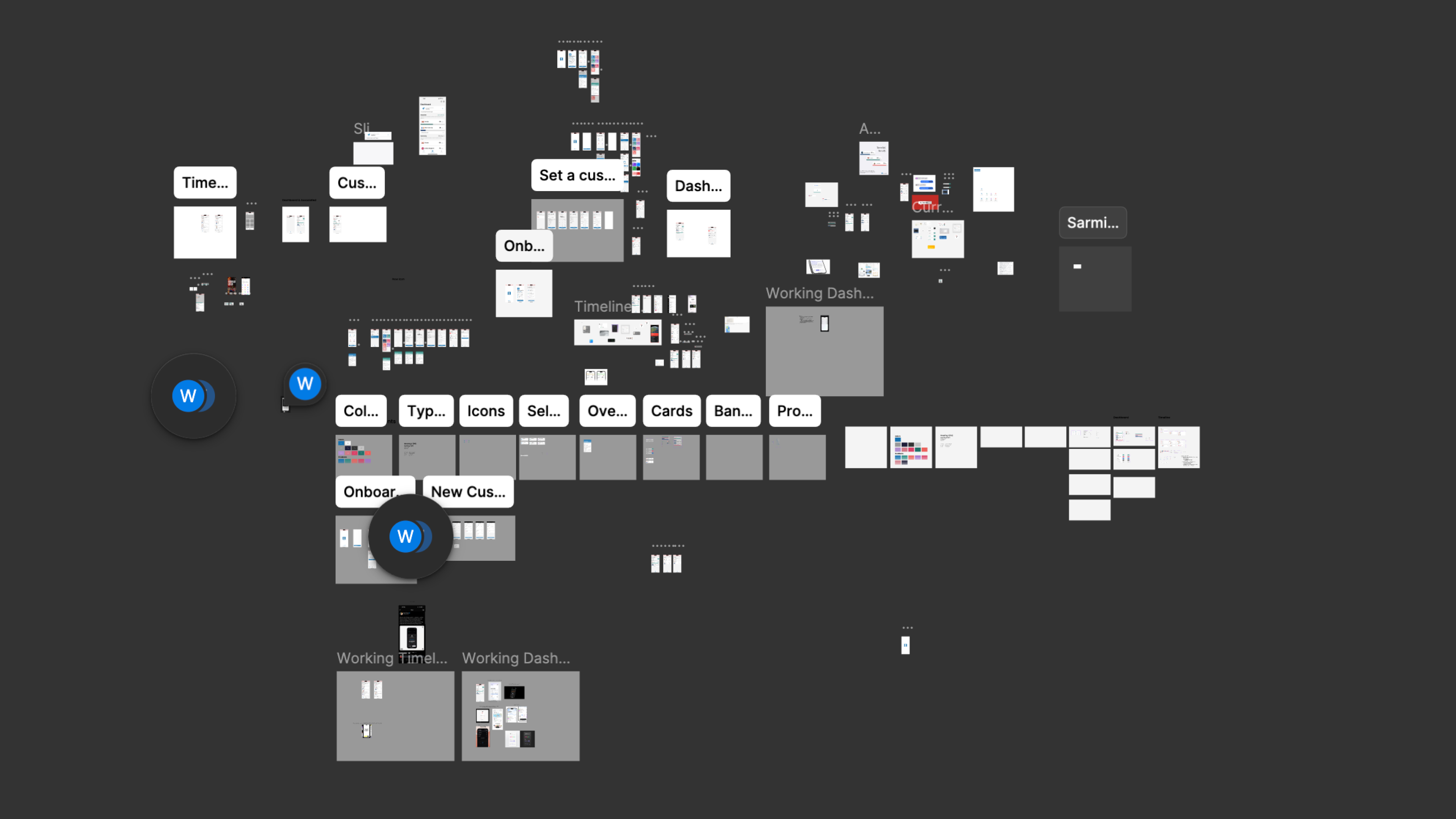
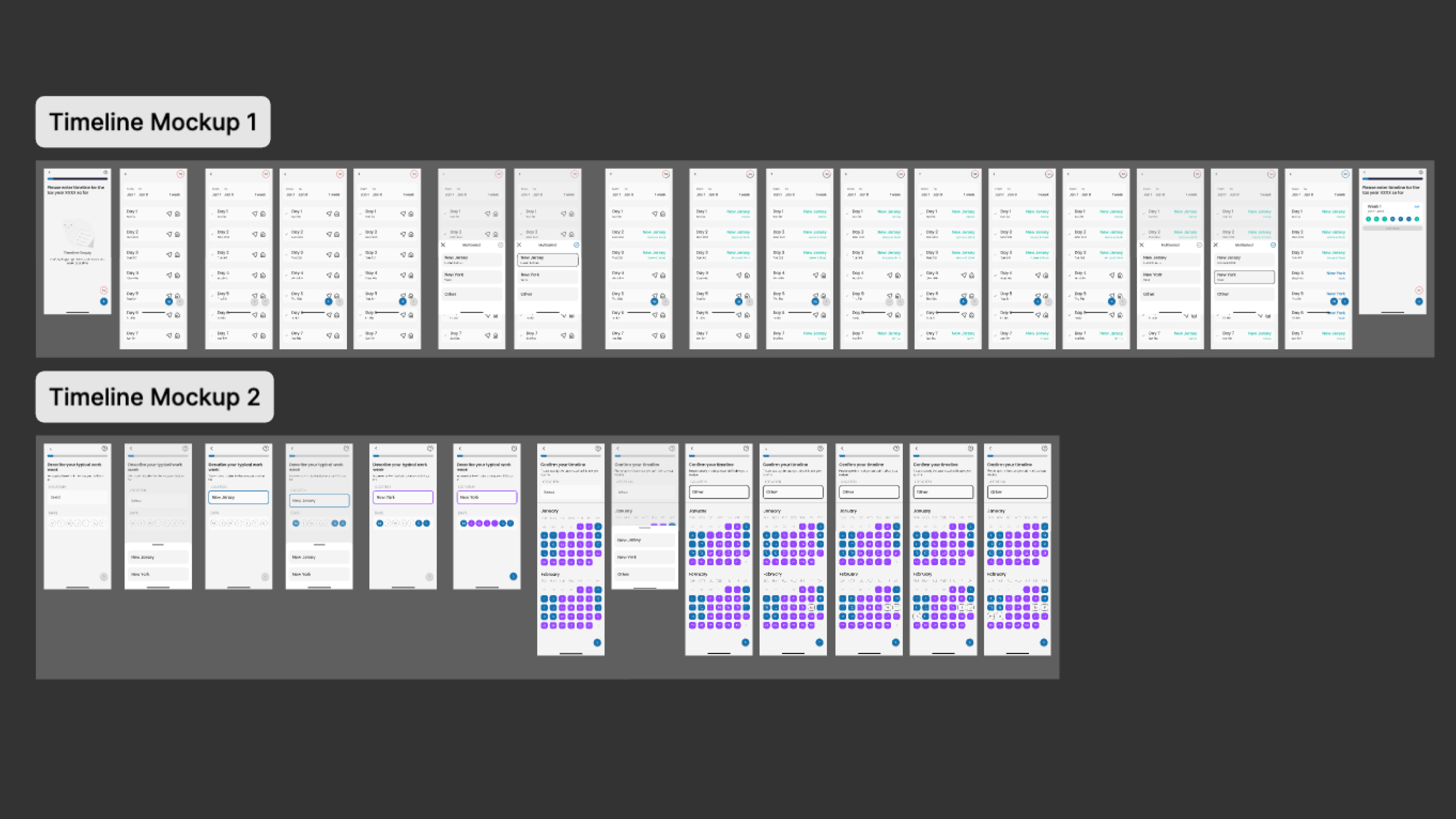
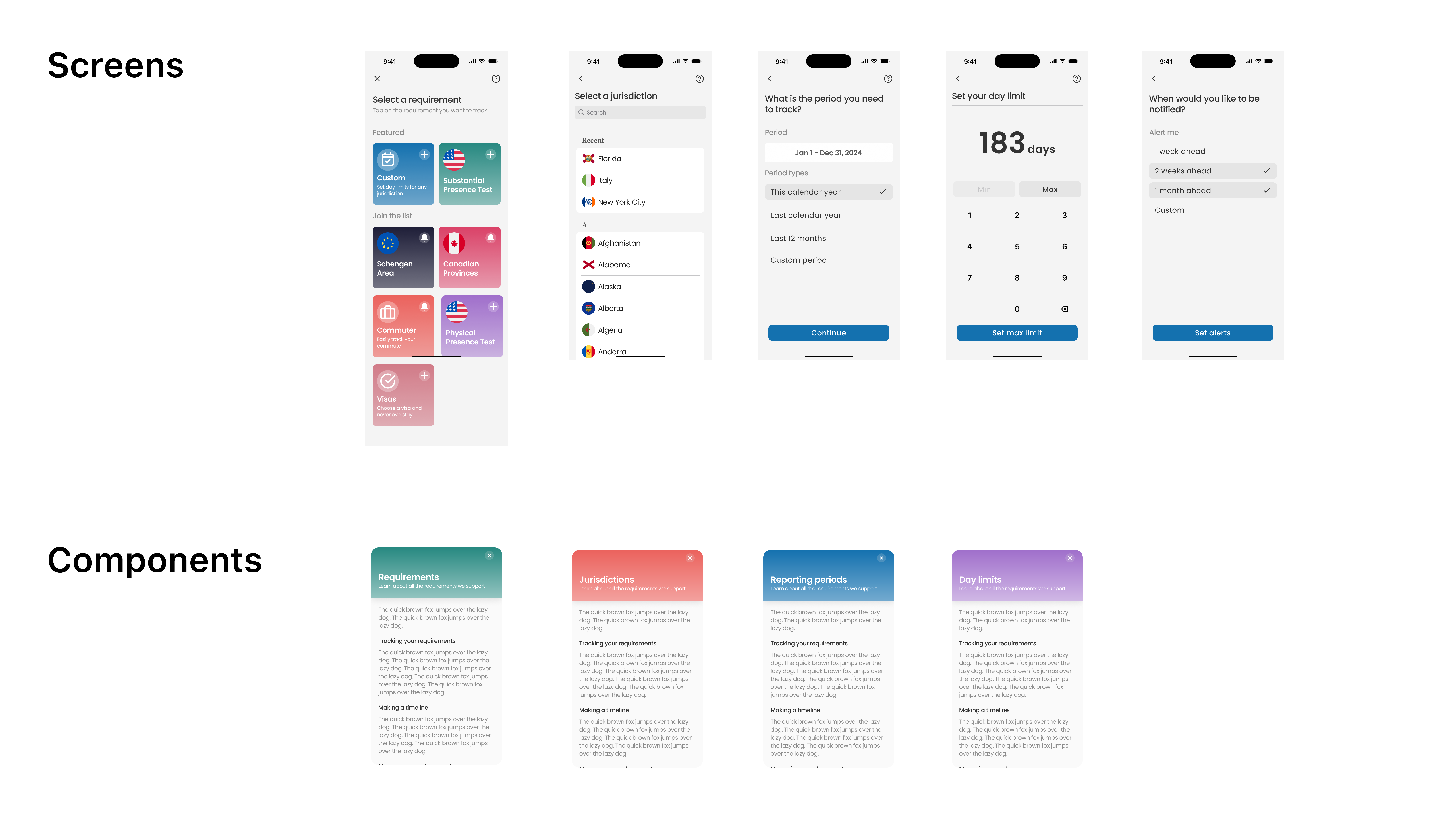
Widgets
I designed a widget for users to track the progress of their associated day limits. The dynamic progress bar changes color—green for minimum thresholds, red for maximums—providing a clear visual cue. The design ensures clarity and ease of use.
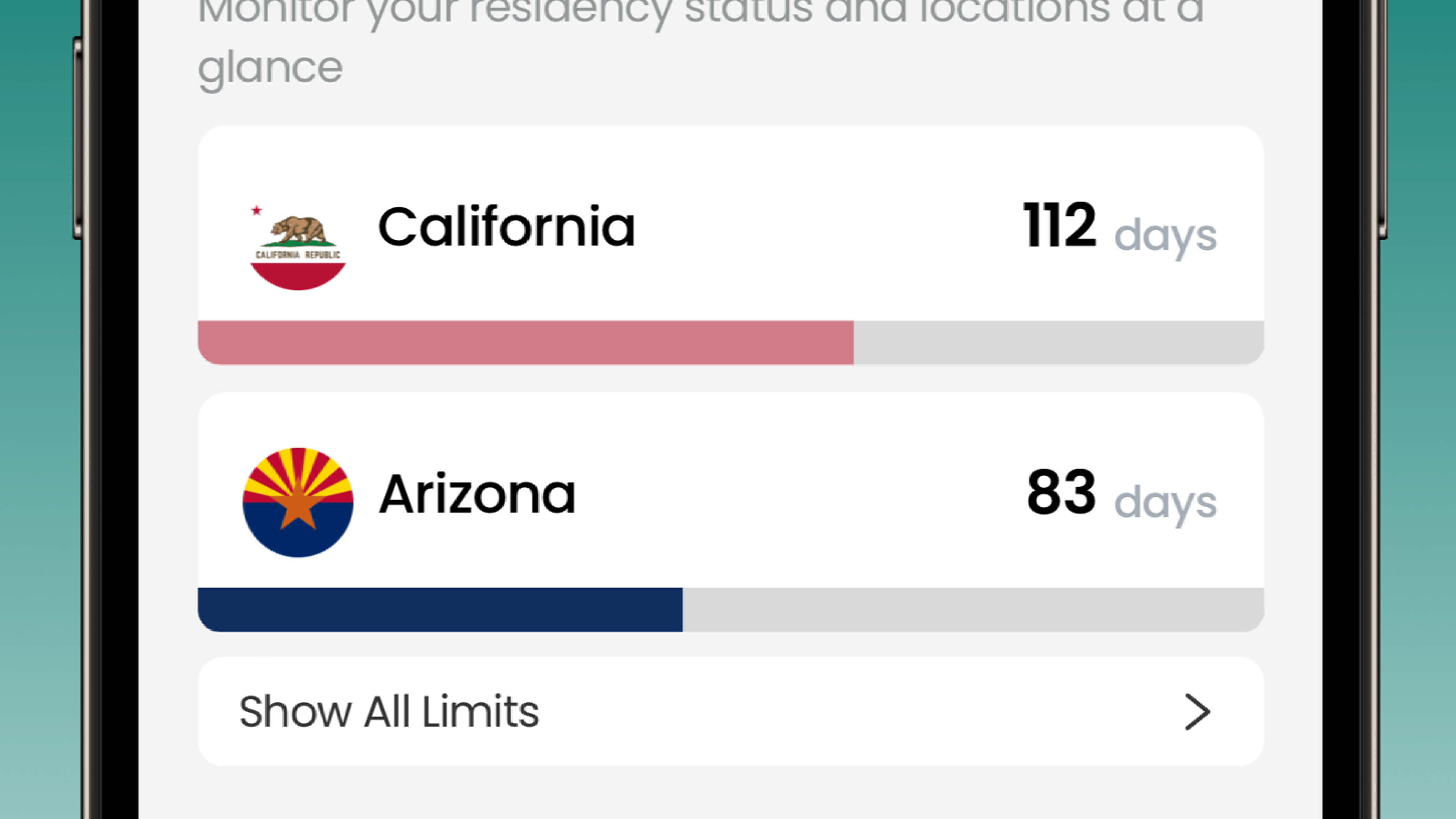
Watchlist
The watchlist I designed lets users track their residency status across multiple locations in one place. With simple widgets and a scrollable calendar-like layout, users can quickly and confidently monitor their compliance.
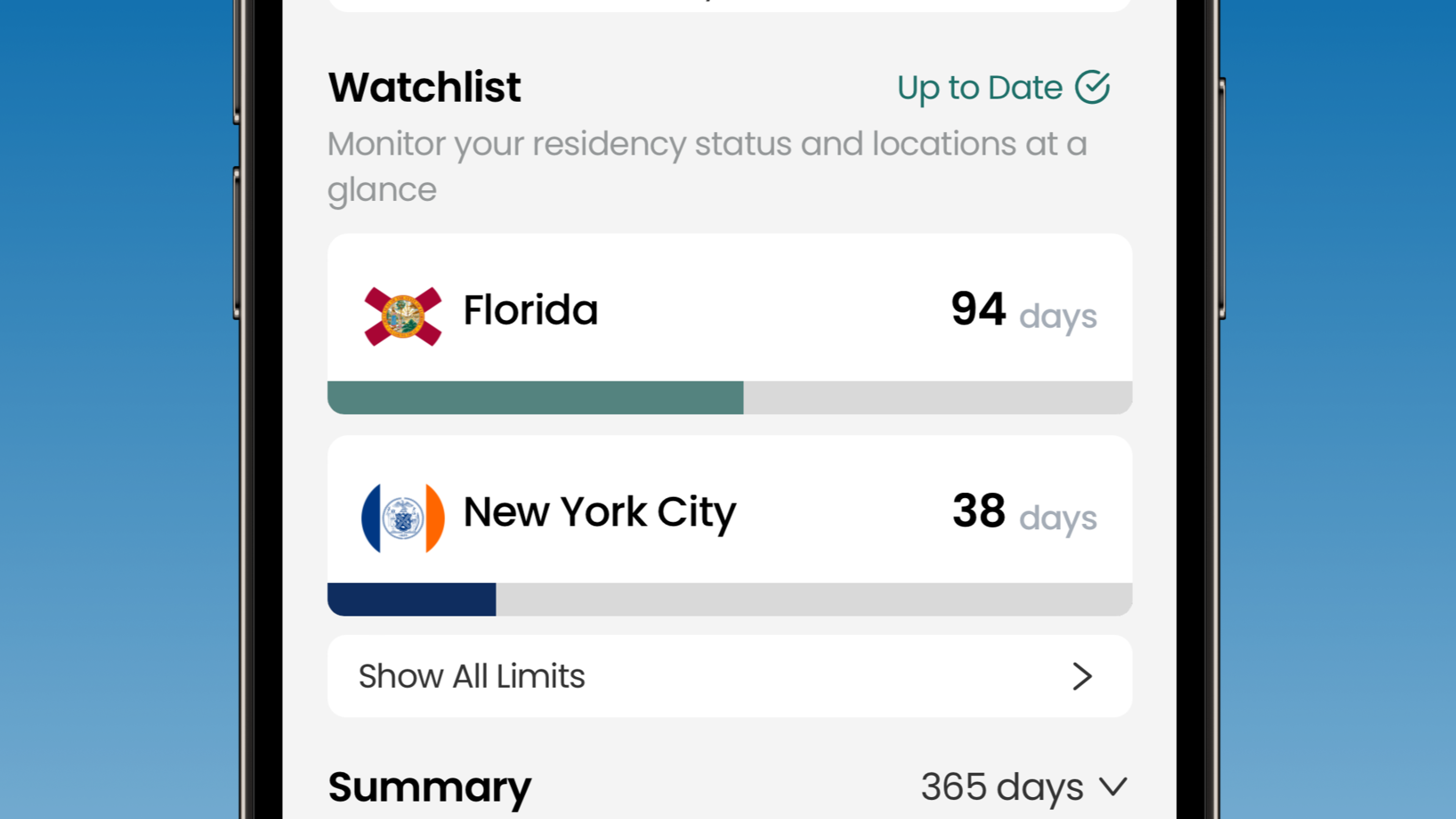
Precision Tracker
The precision tracker widget summarizes the user’s location and day count, showing how it impacts residency status. With automatic updates, it keeps the timeline up-to-date and reduces user anxiety about tracking.
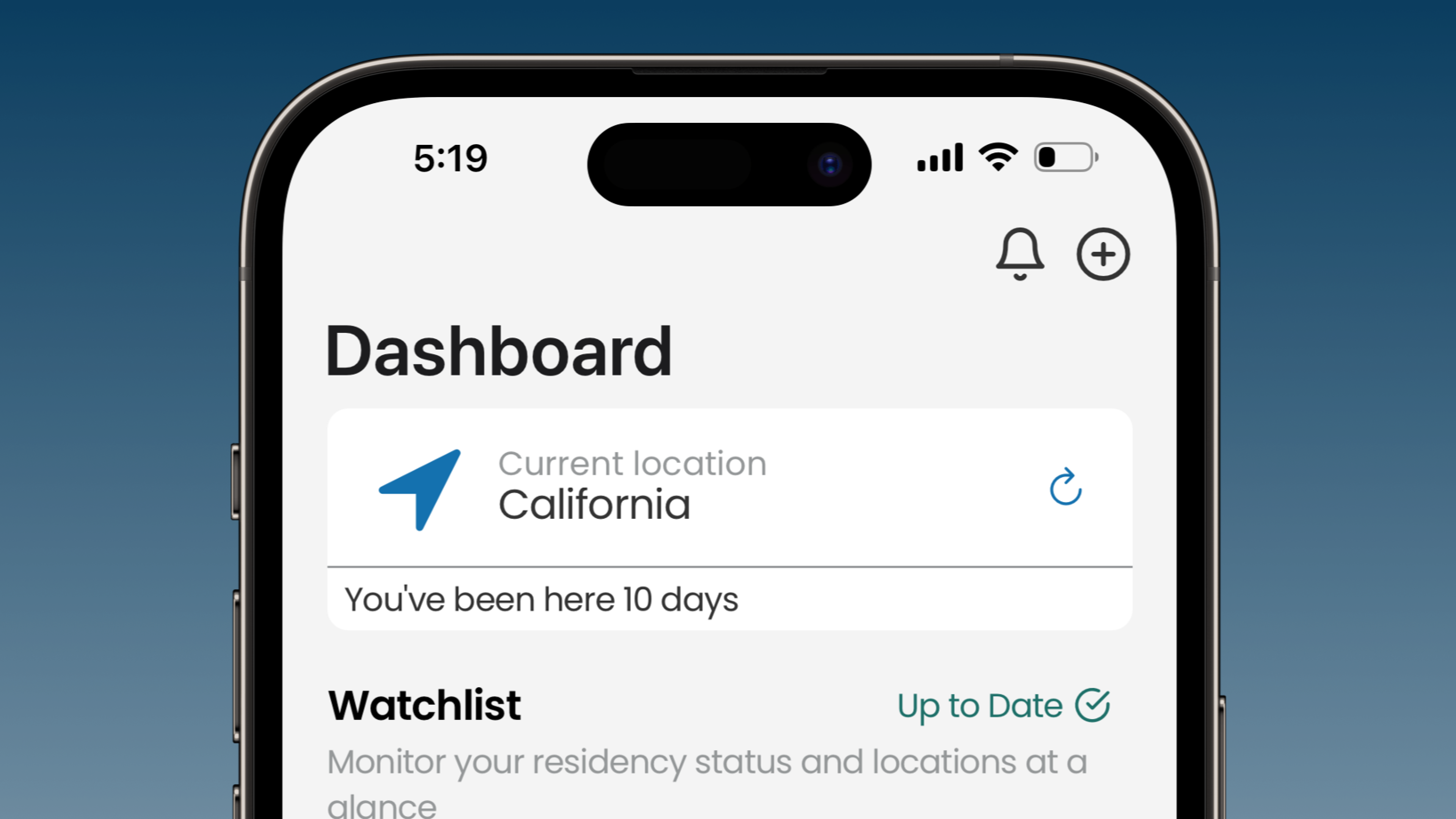
Timeline
The timeline was designed to simplify users’ travel history organization, crucial for residency status. It lives on a separate page due to infrequent use. By working with engineers, we enabled automatic timeline creation from photos and imports, cutting onboarding time and improving conversion rates.
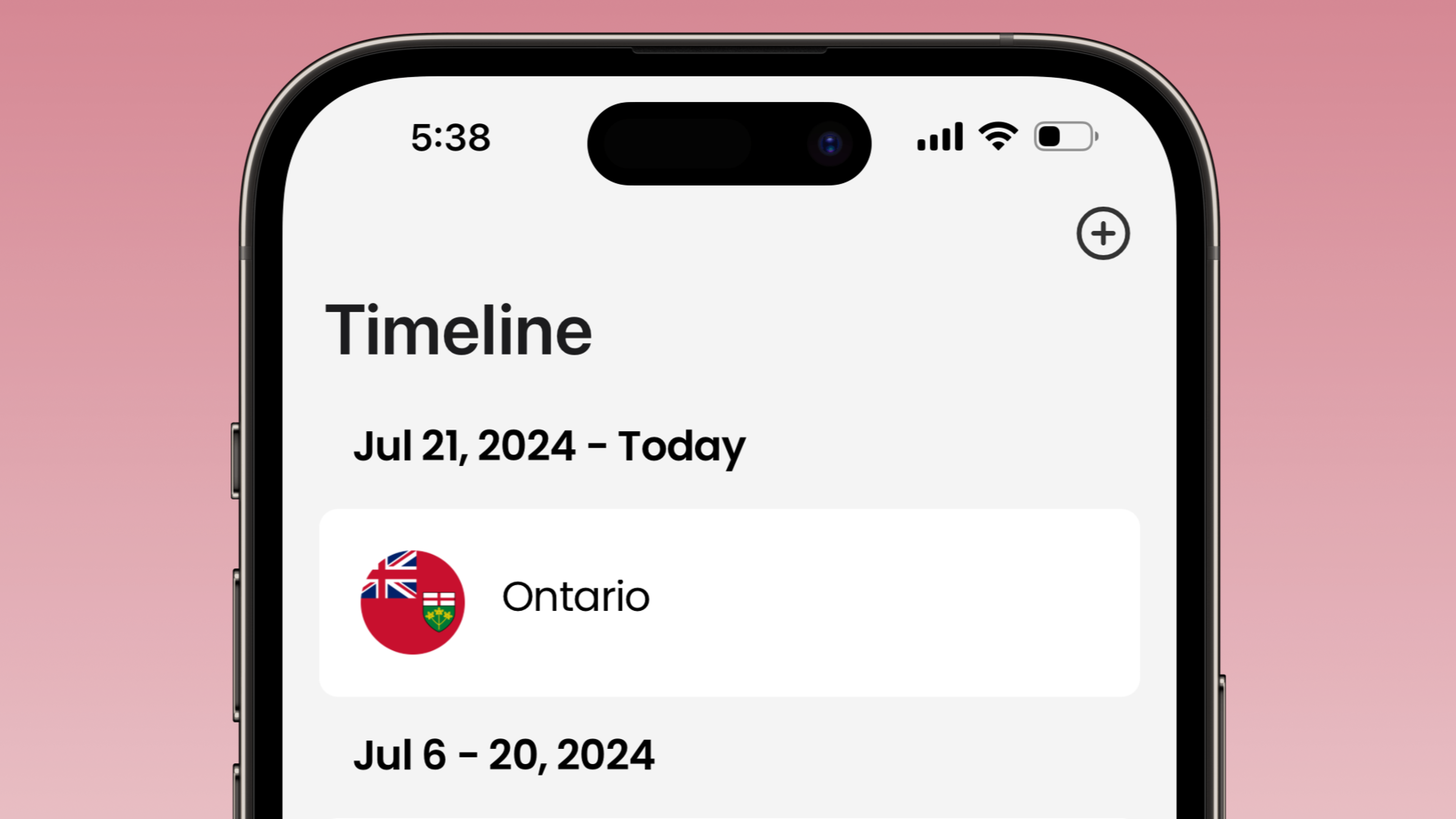
Takeaways
Designing Sarmiza underscored the power of user-focused design in solving complex compliance issues. By honing in on the primary pain point—accurate tracking of travel days—we delivered an intuitive solution that resonates with business travelers. Collaborating closely with engineers from the outset ensured that our designs were both technically feasible and aligned with user needs. This synergy between design and development was crucial in swiftly bringing a valuable product to market.
This project also highlighted the importance of simplicity and privacy in user experience. By operating offline and processing data on-device, we addressed user concerns about data security without sacrificing functionality. Focusing on essential features like the watchlist and precision tracker provided clarity and ease of use. Overall, the success of Sarmiza’s MVP validates the impact of targeted research, iterative design, and cross-functional collaboration.